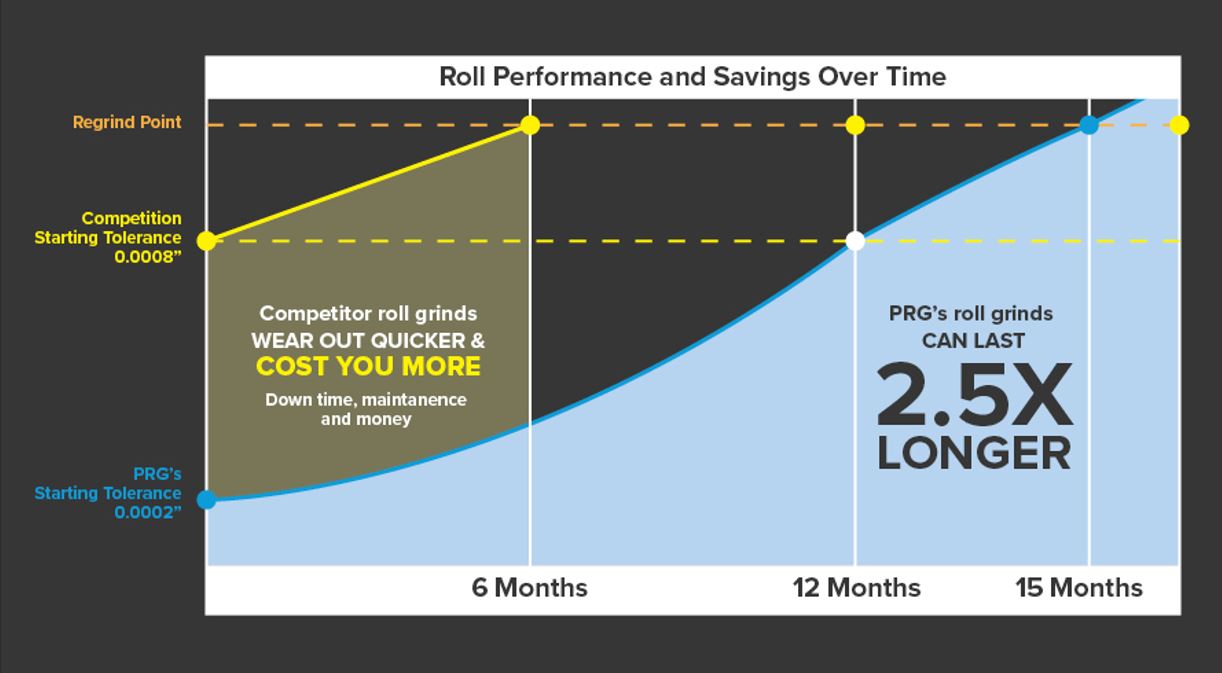Webinar - Paper Machines
Published on May 13, 2020
Paper machines are precision machines:
Servicing rolls to Precision roundness and shape is essential
Have you ever tried driving on a flat tire? Not only is it difficult to drive fast on such an uneven platform, it’s inefficient. It’s going to slow you down. And, honestly, it doesn’t make much sense — when the problem can be solved by simply swapping out the bad tire with a perfectly inflated one.
If you’re a manufacturer of paper products, the same reasoning can be applied to the machines you rely on to get your goods out the door. It's critical that the newly serviced rolls that go into your machine are as close to perfectly round as possible and have the proper shape. Doing so will decrease variability throughout your machine — which will drive economic efficiency.
It’s no secret that today’s paper machines are running well beyond the parameters they were designed for. Some are being pushed to run as fast as up to 60 mph, while being asked to achieve more than ever before — such as high production at lower basis weights; higher strengths; and tighter quality requirements from your customers with respect to smoothness, caliper, moisture, basis weight, and other surface requirements for print. Regardless if you’re making tissue or heavy containerboard, your paper machine must operate at peak performance. It’s a precision machine that relies on precision components to operate. And obviously the rolls play a large part.

Precision ground paper machine rolls that are rounder and have proper shape will reduce variability and cost, while driving up profitability — from the wet end all the way down through to your reel. In the forming section, this is seen with improved cross-directional and machine directional basis weight variability. The reduction and elimination of wet streaks, energy savings through proper suction roll maintenance, and the reduction of wet-end breaks in the press section. Greater steam control and reduction in the dryer section. And in the calender section, superior calender roll performance that yields improved strength and caliper variation — as well better usability for the end user (both the winder after the paper machine and the customer).
The importance of proper roll grinding and roll service for today’s paper producer cannot be overstated. Literally, tons of production on your paper machine relies on tens of a thousandth of an inch. To drive decreased variability, which in turn drives the economics of your paper machines, it’s crucial to utilize as close to perfectly round rolls as possible. For a more detailed discussion, we invite to watch our insightful webinar “Moving the Needle on Paper Machine Performance and Costs.”
Download our Paper Machines Webinar or watch the recorded video below.




